All about dombra
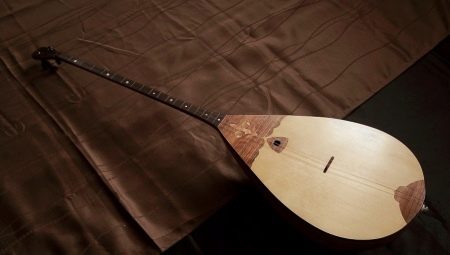
Dombra is a national musical instrument. We will talk a little below about what dombra is, what is the history of its creation, what legends are associated with it and about many other things.
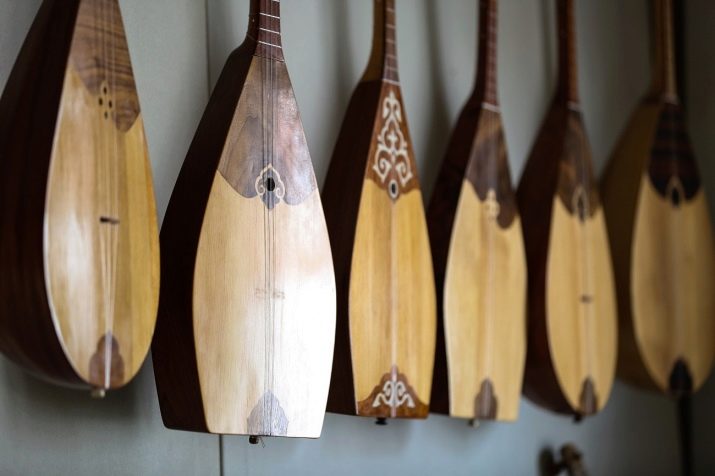
What it is?
So, let's start with a story about what a musical instrument like dombra is.
Dombra (aka Dombra) is a national Kazakh folk plucked two-string musical instrument. However, it should be noted that dombra is a folk instrument not only for Kazakhs. It is also of great importance for both the Nogai and Kalmyk cultures.
The dombra device is quite simple. This instrument has only 2 strings and consists of 2 main elements, which include the body and neck. Over the millennia, this Kazakh national instrument, of course, has undergone some changes, but, in general, there are no particularly significant differences. It looks about the same as the Russian balalaika we are all used to.
By the way, she belongs to close relatives to the dombra.
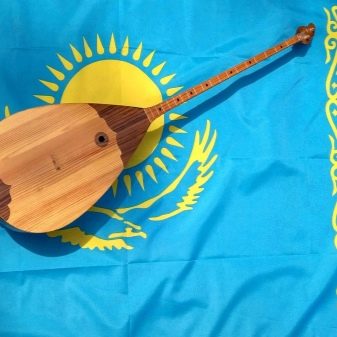
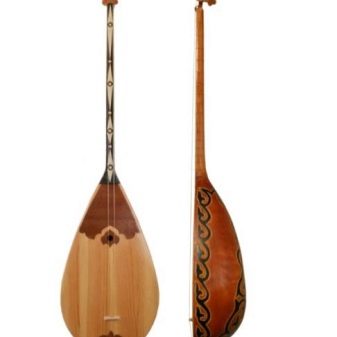
The body of this musical instrument is called shanak. It usually enhances the sound of the dombra. It is made by different methods - assembly or cutting. The second of the methods is referred to as the most costly, painstaking and heavy, since the body is carved from solid wood. The first method is notable for its convenience, and therefore it is more in demand. At the same time, shanak is made from pieces of various trees, such as, for example, maple or hazel.
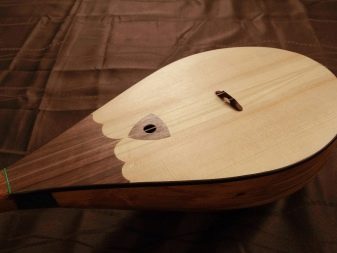
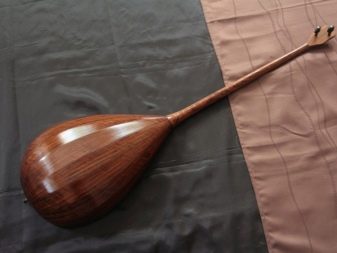
The deck, also called kakpak, is responsible for the timbre and rhythm of the sound. It is most often made from trees of the same species.
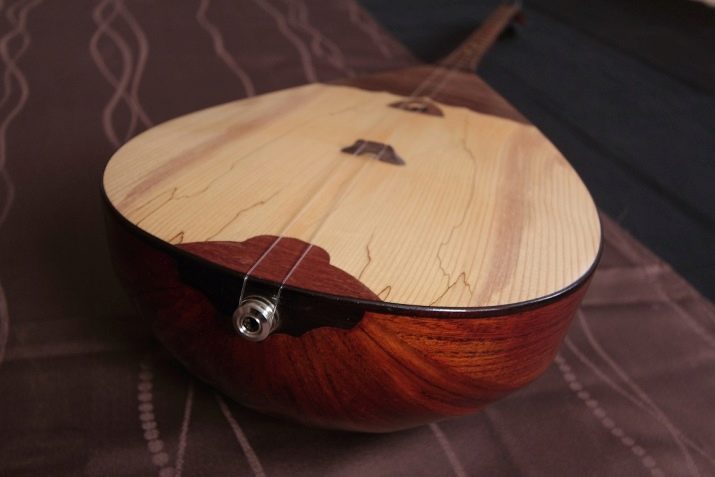
The Kazakh folk musical instrument also has a stand, which is a key corresponding to the dombra melody. Specifically, the quality of the sound of the Kazakh folk musical instrument depends on its parameters.
The dombra also has a special spring, the length of which varies from 200 to 350 millimeters. Previously, this musical instrument was without a spring, but over time, noticing that it makes the sound much better, they began to use it more and more often, fixing it next to the stand.
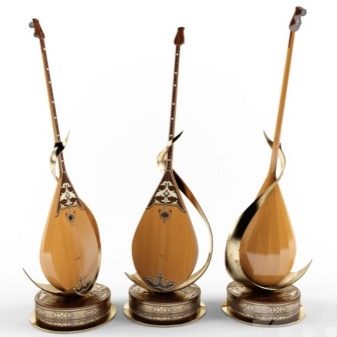
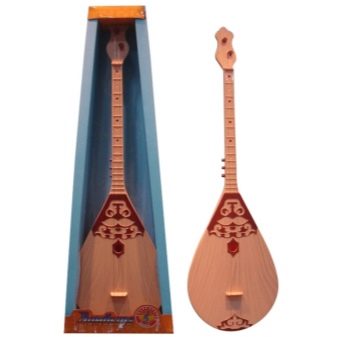
Of course, one of the most important elements of any stringed instrument is the strings themselves, which are the source of the sound. It is from them, or rather, from the material from which they are made, that the quality of the sound of the works performed on the dombra will be. There are only two strings, as mentioned above. Previously, the intestines of domestic animals (goats or rams) were used as them.
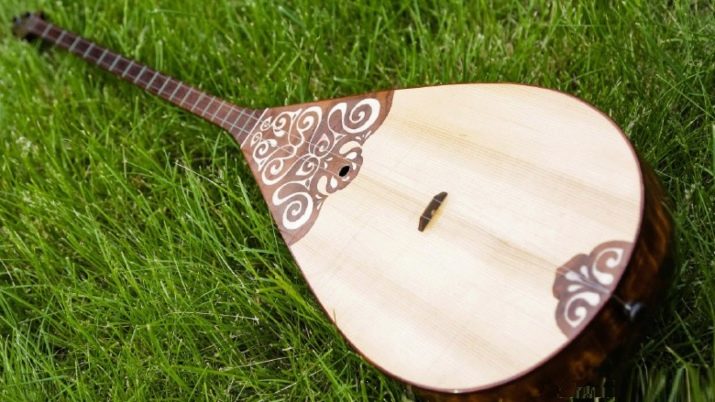
Strings that were made from a lamb for two years were also highly appreciated. These strings contributed to the lower tuning of the dombra, which was a big plus for folk music.
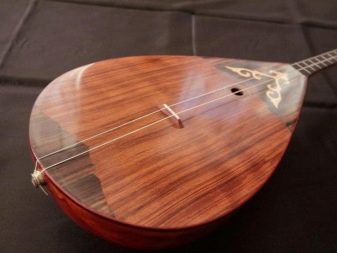
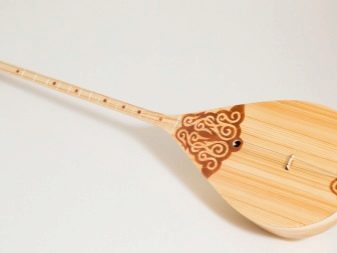
In addition, the structure of the dombra includes the sills it has, which separate the keys, and the shells, which are made of maple. It is with the help of the saddles, which are located on the neck, depending on the tuning used, that the musician has the opportunity to change the sound of the dombra by pressing the strings to one of these saddles in a certain place.
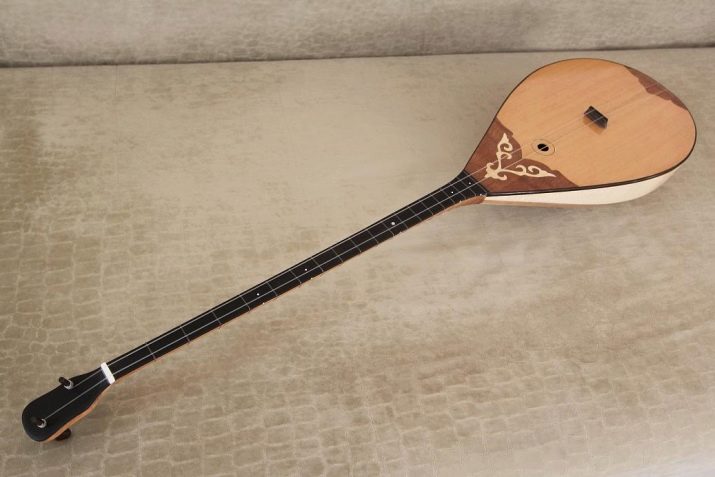
In general, it was a short and general description of dombra. This musical instrument actually has several varieties. However, we will talk about this a little below.
History and legends
Dombra has its own history of origin, as well as many legends. Let's start with history.
There is a lot of evidence that this musical instrument appeared more than 4 millennia ago.... This is evidenced by the rock paintings that were discovered on the Maitobe plateau. These images were discovered by Professor Akitaev with researchers. The ancient drawing depicted a group of dancing men, in whose hands there was an object that has many features similar to dombra. According to archaeologists, this drawing dates from the Neolithic period.
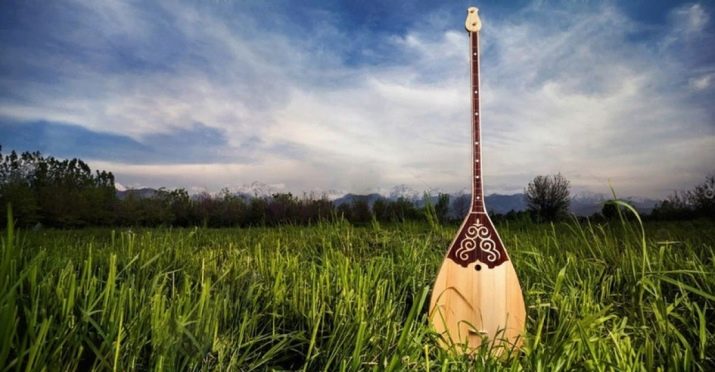
In addition, during the excavation of ancient Khorezm, researchers found figurines in the form of musicians who played plucked instruments. These musical instruments have a lot of typological similarities with the dombra of the Kazakhs. Scientists say that such a tool was popular among the nomads who lived throughout Kazakhstan.
A musical instrument that is somewhat reminiscent of a dombra is found on the monuments of many different ancient tribes that inhabited the space of Eurasia at different periods of time.
Italian merchant and navigator Marco Polo in his notes he wrote that the warriors of the Turkic nomads had such a musical instrument. According to their tradition, before the start of the battle, they played it and sang to create the appropriate fighting mood.
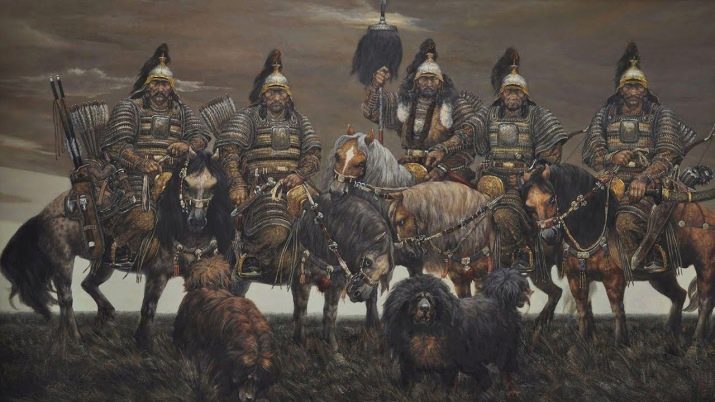
Many comparatively ancient samples of traditional dombra music have survived to our time - "Aku" ("Swan"), "Nar" ("Camel"), "Aksak kyz" ("Lame girl"), "Aksak kulan" ("Lame kulan" ), "Zarlau" ("Weeping") and many different others. In this music, you can see many echoes of ancient forms of religion, cults and totemic representations of the people. It has preserved a living history of whole millennia.
Now let's move on to the legends that have a close connection with this musical instrument. There are many of them, each of them is beautiful in its own way, interesting and unique. We will tell you about some of the most popular ones.
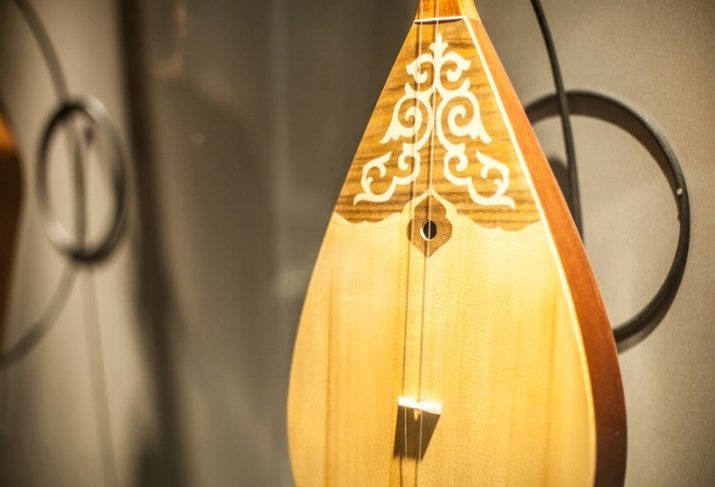
"Devil's Tool"
This legend tells that once a nameless hero-hero, very tired of nobility and exploits, on the way to his home decided to take a rest.He made a homemade instrument out of walnut wood, made strings from a horse's mane, and began attempting to play a musical instrument he himself had created. However, he did not make a sound, deciding to stubbornly remain silent. For a long time the hero tried to make him play his musical instrument, but all his attempts could not be called successful. Having abandoned this business, he soon plunged into the kingdom of Morpheus.
After a while, he woke up. His awakening was facilitated by a wonderful melody that emanated from his musical instrument. The hero discovered that someone had built a nut made of wood in the area of the junction of the head with the neck of the neck. He suggested that this was done by an evil spirit, who was popularly nicknamed Shaitan. From that time on, this nut on the dombra began to be called "shaitan-tiek".
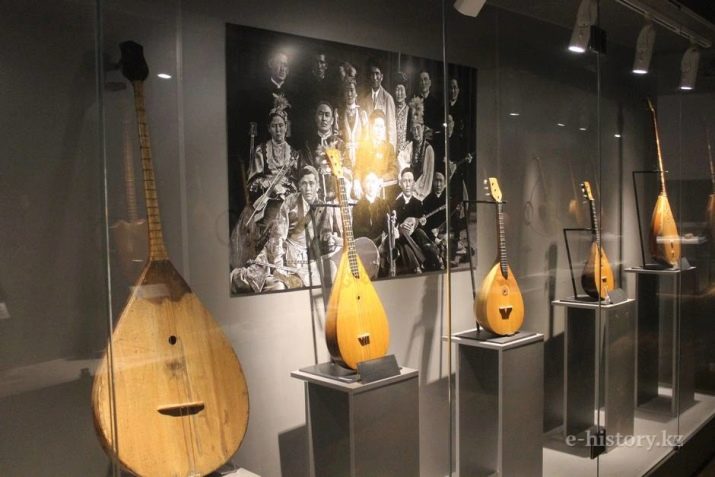
"The Legend of the Dombra and the Son of Genghis Khan"
Once Jochi, who was the son of the well-known Khan Genghis Khan, got out into the forest with his servants. He loved hunting, she was very fascinated by the young man. So, in the process of chasing wild kulans, Jochi got so carried away that he did not notice how much he broke away from his guard. This young man had no equal in terms of accuracy, no animal could hide from him.

However, Jochi's opponent this time was the enraged Lame Kulan, who got his name after one of the battles with the wolf. He wanted to protect his family and to this end attacked the young khan, knocking him off his horse. The young man could not resist, he fell, while injuring his neck, and died almost immediately after that.
The search for the young khan lasted a long time, as much as 3 days, the confidants were looking for the young man throughout the forest. According to tradition, the death of a person should have been notified to his relatives before the commencement of the commemoration lasting 7 days. However, everyone was afraid to tell Genghis Khan about the death of Jochi, his most dear and beloved child, because according to the customs of that time, the person who brought bad news was supposed to die.
A brave and experienced poet from the people had to do it. Having built a birch dombra for himself, he collapsed on his knees in front of the throne on which the great Khan Genghis Khan sat, and, without uttering a word, began to play a sad composition, which was popularly called "kui".
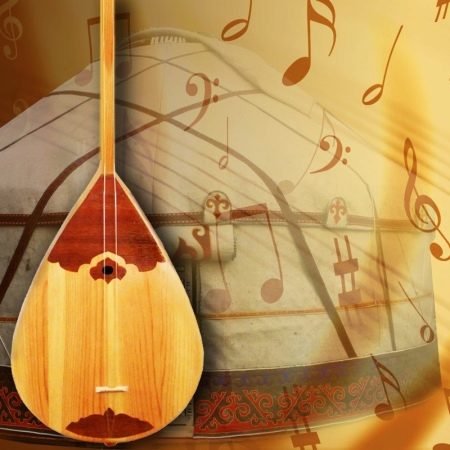
The musical instrument conveyed absolutely everything: the stomp of horse hooves, and the alarm of kulans. One could imagine what happened just by the sound of the music. Genghis Khan did not say anything for a long time, a deathly silence reigned, which no one dared to break.
Finally, he began to speak. Genghis Khan understood everything that the poet wanted to convey with his melody. However, despite this, the poet was not deprived of his life. The dombra spoke for him, and therefore Genghis Khan decided to punish her by ordering to fill her throat with lead.
The order of the great khan was carried out... Since that time, a hole has formed on one of the sides of the dombra, and the Kazakh people have replenished the list of compositions with one more, which was called "Aksak kulan" ("Lame kulan").
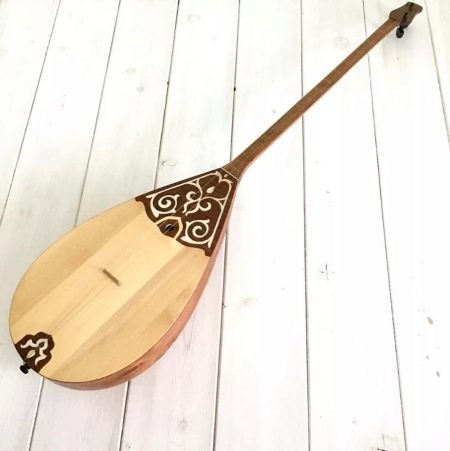
"The Tragic Legend of the Creation of Dombra"
There is also such a belief associated with this musical instrument. At first everything was fine, the girl, who was the daughter of the khan, fell in love with the young man. Her feeling was mutual. Very soon they should have had their first child. The real gift of fate was that twins were born.
For a long time, the khan's daughter was watched by an evil sorceress, who soon stole the children from their mother and hung them on the top of a sacred tree. They died, and the plant itself soon withered from their burning tears.
The young mother, discovering that the children were missing, immediately began to look for them. She almost lost hope, but soon she heard a sad melodious composition. In her heart she felt that this was the call of her babies.
Mother found their remains on a dried tree, it was from their swaying in the wind that a beautiful melody occurred. So, the woman decided to create a musical instrument in memory of her children, which soon received the name "dombra".
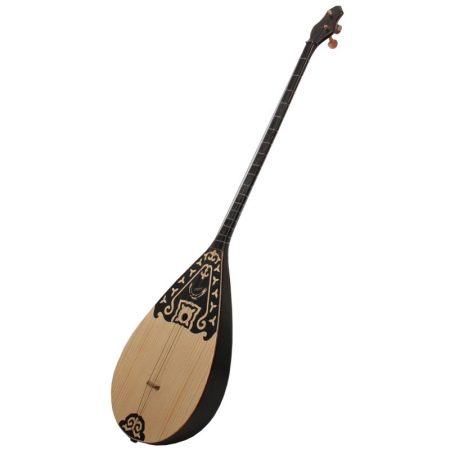
"The Legend of the Giant Brothers"
Once upon a time, two giant brothers lived in the Altai mountains. One of them, the youngest, had a wonderful musical instrument called a dombra. The young man loved her very much and often played on it. It was he who got almost all the attention. His elder brother was terribly jealous of him and also wanted fame, and therefore decided to build an extraordinary bridge across the raging river. The younger did not want to take part in this, then the older brother got angry with him and hit the dombra with all his might on the rock.
The wonderful melody no longer played, but a visible trace remained on that very rock. After a large number of years, people found it and began to tinker with this musical instrument again, and a beautiful melody played again in those parts.
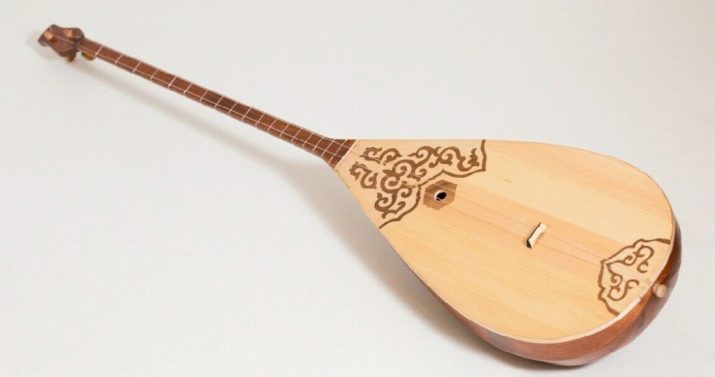
Species overview
Now, as promised, let's move on to considering the varieties of such a Kazakh folk musical instrument as the dombra. There are only a few of them:
- two-string;
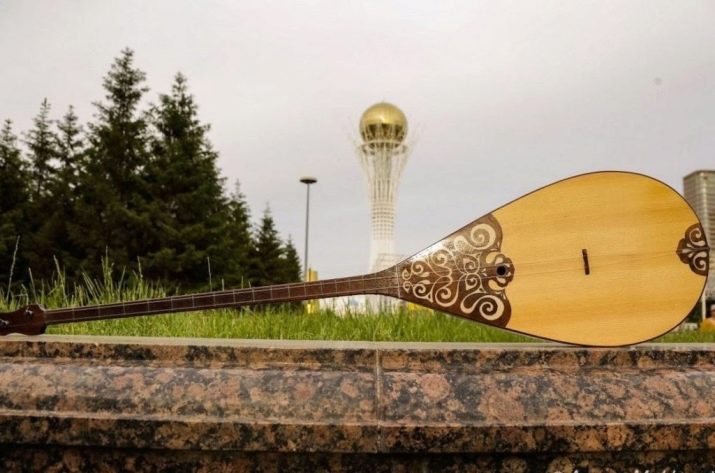
- three-stringed;
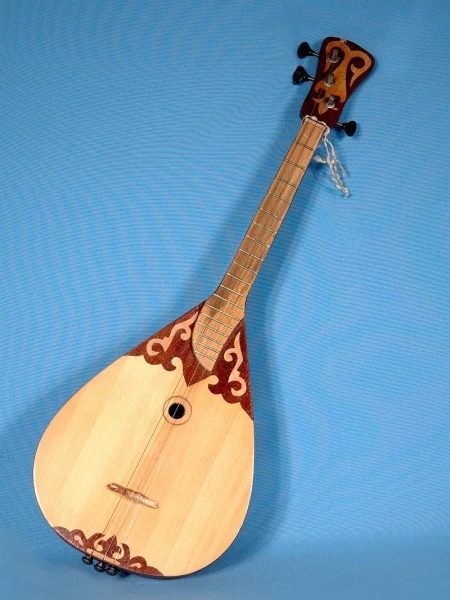
- wide-body;
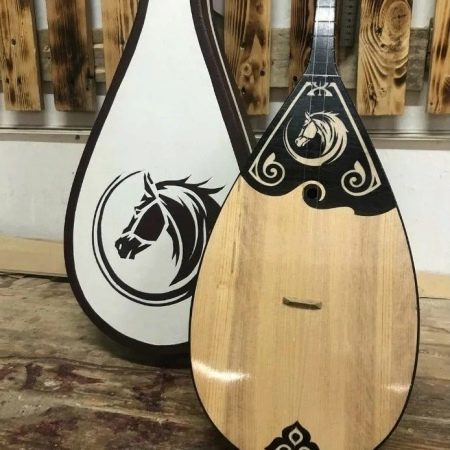
- double-sided;
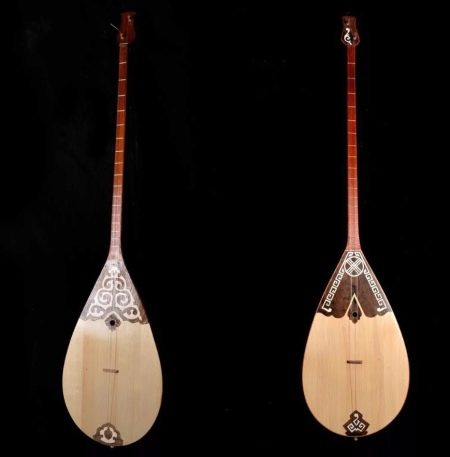
- sub-riffle;
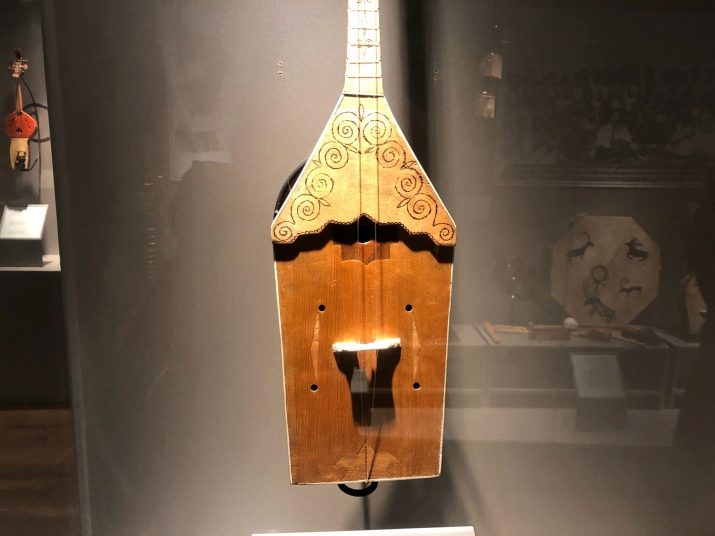
- with hollow necks.
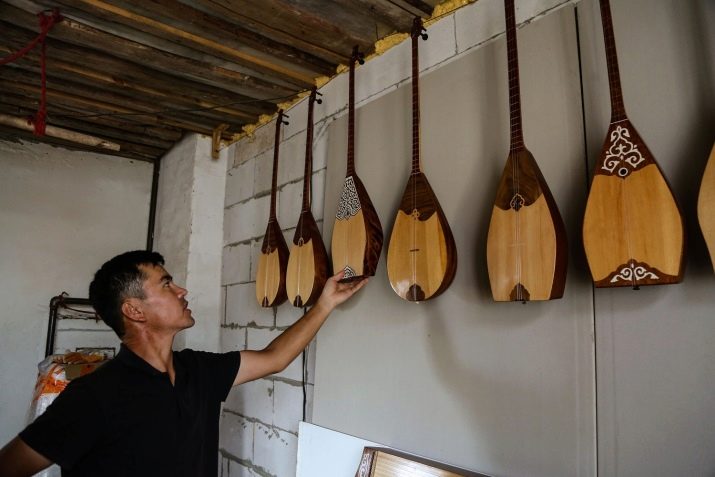
However, despite the fact that among the listed varieties there is also a three-stringed instrument, the dombra, which has only 2 strings, is the standard of the traditional Kazakh dombra.
Note that dombra should not be confused with instruments such as domra. The instruments have not only similar names, but also some external features.
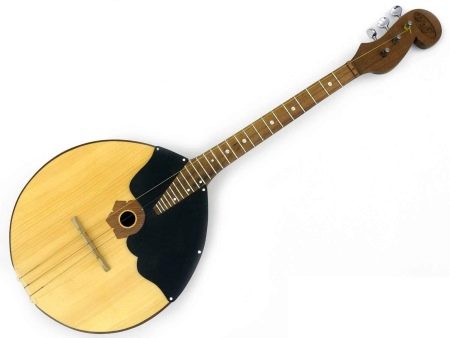
Both instruments are beautiful and in general they are very similar in shape. However, dombra is a large instrument, its size can be from 80 to 130 centimeters. In addition, this instrument is visually much narrower than domra. Domra, on the other hand, is a smaller instrument, the size of which is about 60 centimeters; it differs significantly in its thickness and width. So, if you look closely, you can easily distinguish dombra from domra.
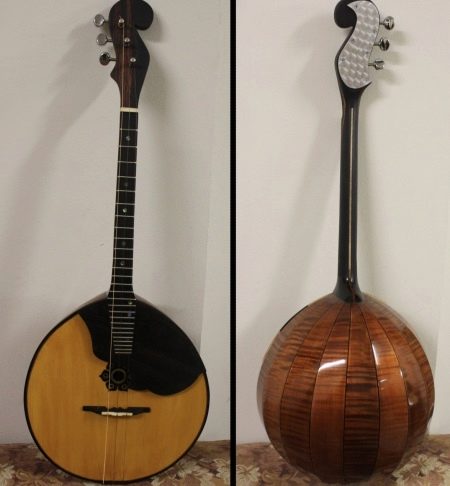
Sound features
Dombra is a favorite musical instrument of Kazakhs, because, being in skillful hands, it is able to convey any state of mind - and joy, and sadness, and longing... The sound of a dombra is distinguished by its melodiousness, velvety and rhythm, and therefore confusing the sounds of a dombra with the sounds of any other instrument is a rather difficult task.
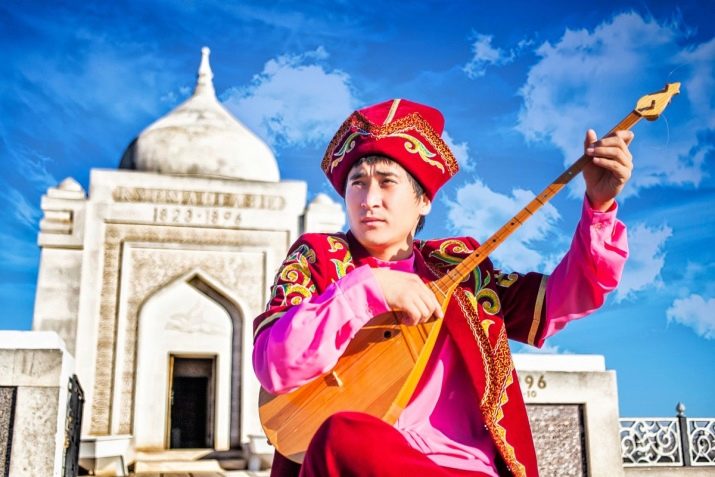
How to setup?
Setting up a dombra does not take very long and is generally uncomplicated. To begin with, the lower G string is tuned, after which the upper D string is also tuned. For convenience, you can resort to using an instrument such as a tuner. To do this, you need to fix this device on the dombra head and set up the display.
When properly tuned, the G for the lower string and the D for the upper string will light green on the tuner.
What songs are being performed?
Wedding
At the weddings of Kazakhs, great attention was paid to the song of the bride. It was usually performed at a farewell ceremony. When a girl came to her fiancé's house, traditionally a song called "Heat-heat" was sung. Already at the wedding itself, at the very beginning, they performed the "Opening of the Celebration", thereby predicting the course of the entire further ceremony.
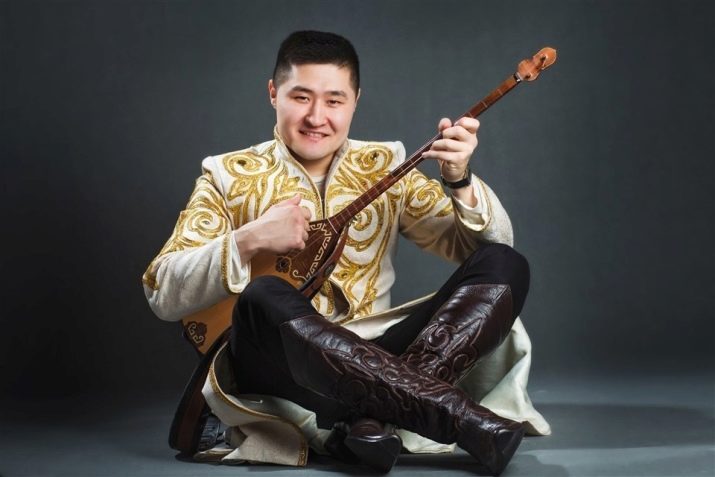
For ritual ceremonies
Ritual songs were usually sad and rather mournful in mood, and also contained sorrowful motives, since such compositions were usually performed at funerals. The most widespread songs for ritual ceremonies are "Dauys", "Zhylau", and also "Zhiyrma bes".
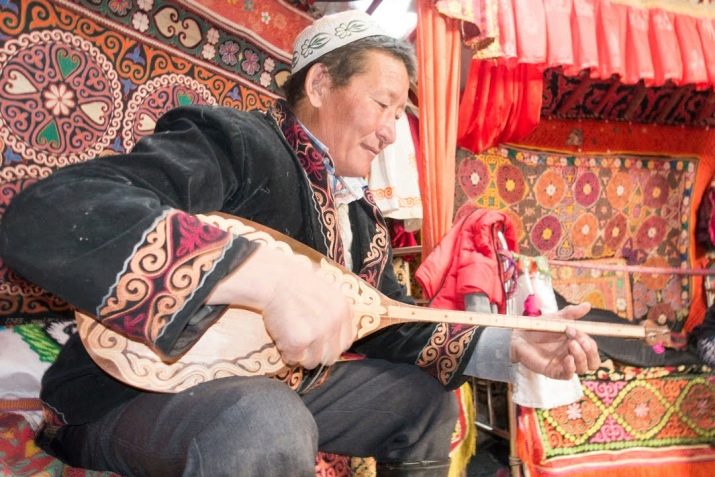
Historical legends
The most favorite genres among the singers who played the dombra were folk tales, of which the epic is a genus. The history of the people is quite extensive, and therefore there are a lot of song legends.
Most of these legends play a huge role in our modern world, as they convey to us the real historical events that have taken place, which is very important for the entire culture as a whole.
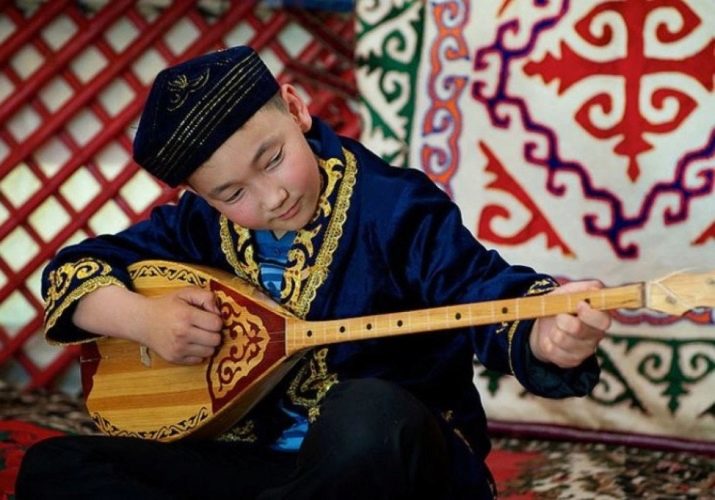
Other
In addition to ritual, wedding and historical songs, the singers also loved to perform works dedicated to love.Songs with a cheerful, groovy mood were also in demand.
Interesting Facts
- Dombra is one of the most ancient instruments in the world.
- The most common decorations for this folk musical instrument were the feathers of a bird such as an owl.
- Dombra is also marked in the Guinness Book of Records. It was brought there after almost 11 thousand singers performed the Kazakh “Kenes” in China.
- Kazakhs love dombra so much that there is even such an expression: "a real Kazakh is not a Kazakh himself, a real Kazakh is a dombra!" ("Na? Yz? Aza? -? Aza? Emes, na? Yz? Aza? - dombyra!")
- In 2010, a completely new instrument was created in Kazakhstan, which can be considered a full-fledged child of dombra - this is an electrodombra.
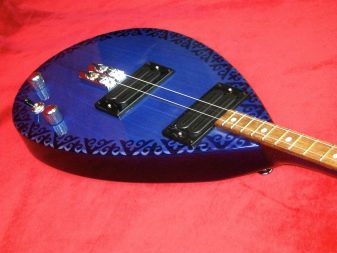
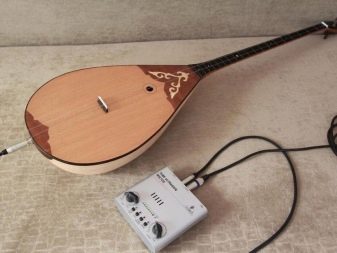
You can appreciate the sound of dombra by watching the following video.








